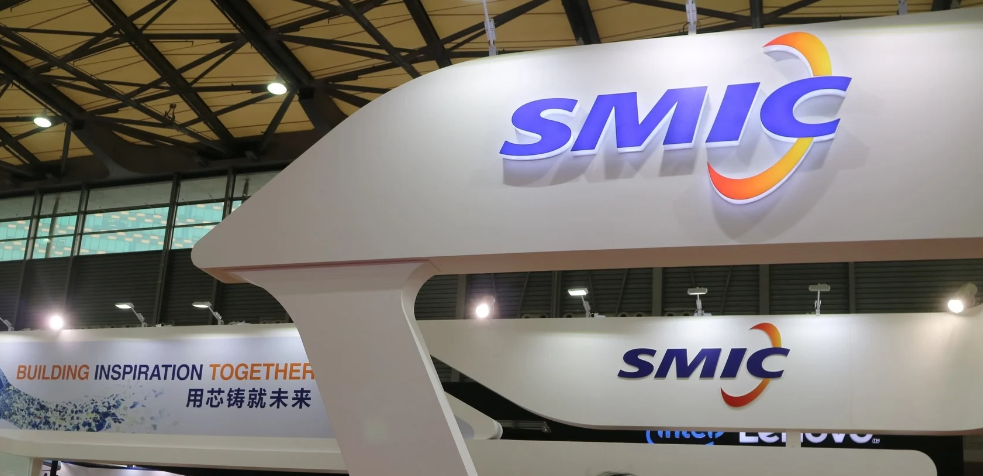China’s Semiconductor Manufacturing International Corporation (SMIC) has reportedly placed substantial orders for raw materials, equivalent to around two years’ worth of supply, with Taiwanese partners. This move follows the recent shipment of Huawei’s HiSilicon Kirin 9000S system-on-chip for the Mate 60 smartphone, a move that could potentially violate U.S. sanctions.
The motive behind SMIC’s significant stockpiling efforts has sparked speculation within the tech world. While some experts suggest it is a proactive measure against anticipated stricter sanctions from the U.S., others argue that SMIC might be gearing up to meet the soaring demands of Huawei, its major client. Huawei hopes to ship up to 20 million units this year, with projections indicating sustained sales well into the next year.

The U.S. sanctions on Huawei disrupted its chip supplies, forcing the company to explore alternative solutions. Enter SMIC, which, until recently, lagged behind global competitors. However, the launch of the Huawei Mate 60 Pro, featuring the 7nm 5G-enabled Kirin 9000S chipset, marked a significant leap forward for both companies. This advance not only enabled 5G services in the U.S. but also showcased SMIC’s prowess in the highly efficient 7nm node process.
SMIC’s move to secure a robust raw material inventory can be seen as a dual-purpose strategy. On one front, it acts as a buffer against potential U.S. restrictions, ensuring that the company can continue its operations seamlessly. On the other hand, this stockpiling effort positions SMIC to meet Huawei’s escalating demands. Industry analysts suggest that this forward-thinking approach aligns with SMIC’s efforts to assist Huawei in becoming a dominant force in the smartphone market once again.
SMIC’s approach mirrors that of several Chinese chipmakers, who have been aggressively stockpiling chip-making equipment from various international sources, anticipating potential disruptions due to geopolitical tensions. This proactive stance highlights the industry’s resilience and adaptability in the face of challenging global scenarios.
Related:
- Huawei Mate 60 Pro’s 5G Kirin 9000S chip was built on 7nm SMIC process
- Huawei is working on self-developed CMOS image sensors
- Smartphones Accounted for 27% of SMIC’s Wafer Revenue, Despite US-China Tech War
(via)







